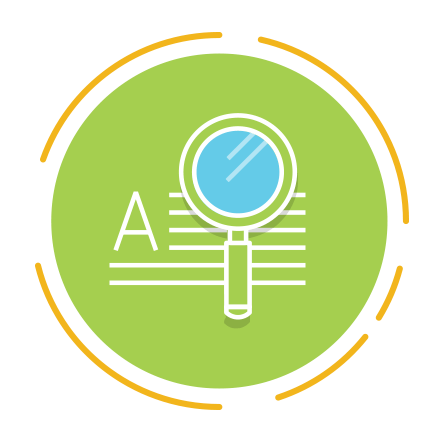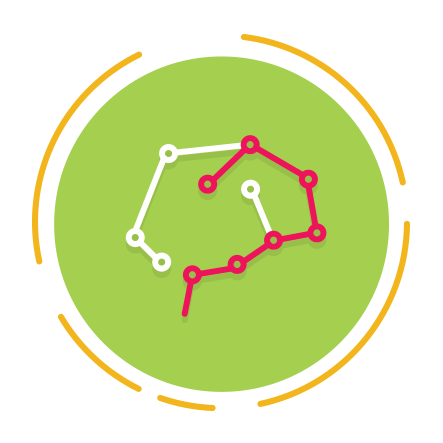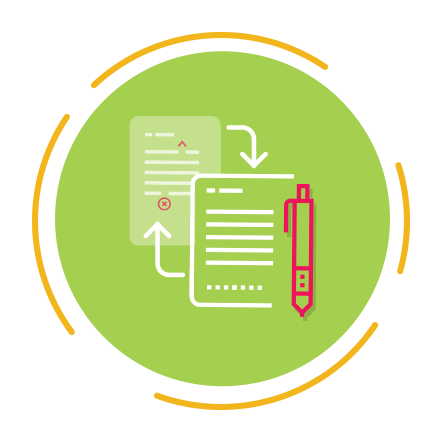ELEARNING DESIGN
Good learning design is the basis of good elearning. It doesn't matter how good it looks if the fundamental learning design isn't underpinned by sound instructional design principles. We don't subscribe to any single 'traditional' learning design theory as the subject matter, the audience and a number of other factors will always impact the design approach.
Based on 20+ years of eLearning design experience, we take a more pragmatic approach, utilising relevant learning principles from a number of different theories (Bloom, Merril, Elaboration, Active Learning etc.) to underpin our instructional design methodology.
We believe that engagement is key, so whether we’re designing training retail assistants, finance managers, pharmacologists, healthcare workers, disaster-relief coordinators, recruitment professionals or apprentices, making the learning content Relevant, Appropriate, Relatable and Actionable (RARA) are key components for success.
The RARA Approach - What do we mean?
In any training environment, we believe the learners must understand why the learning is relevant to them, and the quickest way to achieve this is to contextualise the content. People take more notice if they understand how a subject will affect them and, crucially, if they can see the consequences of getting things right and how doing things wrong might affect them.
Scenarios can be used to simulate real-life situations that the learner identifies with (Show me, don’t tell me!) while involving them in a narrative relevant to their everyday lives creates greater engagement.
Creating a believable, relatable narrative can be challenging, especially for a varied audience, but we believe the crucial factors are:
- Understanding the problem
- Recognising the triggers
- Identifying key decision points
It means the core content, when it comes, is more likely to stick, and the scenario provides a memorable hook that can be referred back to, helping the transfer from working memory to long-term memory, consequently making it easier to apply in the real world.
When we develop any new programme, the content and the complexity of learning objectives will drive the method of instruction. The approach described above outlines our guiding principles but is not a strict set of rules for every module. During the design stage of any new project, we would develop an instructional method, which in turn will influence the media design to define an over-arching treatment for the project.

CONTENT RESEARCH

INSTRUCTIONAL DESIGN
We then develop an elearning approach that will meet the learning objectives and is relevant and appropriate to your audience.

SCRIPT WRITING



